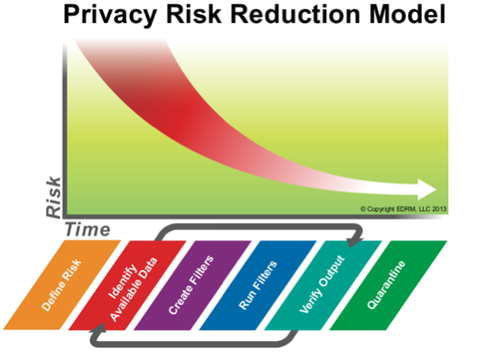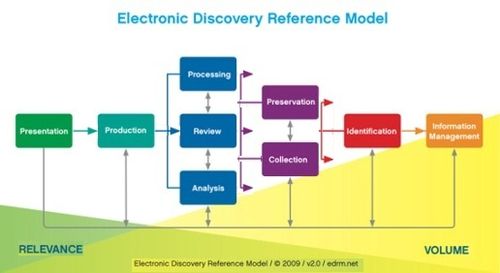Our 1,000th Post! – eDiscovery Milestones

When we launched nearly four years ago on September 20, 2010, our goal was to be a daily resource for eDiscovery news and analysis. Now, after doing so each business day (except for one), I’m happy to announce that today is our 1,000th post on eDiscovery Daily!
We’ve covered the gamut in eDiscovery, from case law to industry trends to best practices. Here are some of the categories that we’ve covered and the number of posts (to date) for each:
- Case Law (326 posts), including those dealing with Sanctions (151)
- Searching (238)
- Proportionality (140)
- Law Firm Departments (115)
- Project Management (102)
- Outsourcing (97)
- Social Media (95)
- Federal Discovery Rules (68)
- SaaS Based Technologies (65)
- State Discovery Rules (35)
We’ve also covered every phase of the EDRM (177) life cycle, including:
- Information Governance (113)
- Identification (46)
- Preservation (205)
- Collection (145)
- Processing (92)
- Analysis (165)
- Review (225)
- Production (245)
- Presentation (25)
Every post we have published is still available on the site for your reference, which has made eDiscovery Daily into quite a knowledgebase! We’re quite proud of that.
Comparing our first three months of existence to now, we have seen traffic on our site grow an amazing 474%! Our subscriber base has more than tripled in the last three years! We want to take this time to thank you, our readers and subcribers, for making that happen. Thanks for making the eDiscoveryDaily blog a regular resource for your eDiscovery news and analysis! We really appreciate the support!
We also want to thank the blogs and publications that have linked to our posts and raised our public awareness, including Pinhawk, Ride the Lightning, Litigation Support Guru, Complex Discovery, Bryan University, The Electronic Discovery Reading Room, Litigation Support Today, Alltop, ABA Journal, Litigation Support Blog.com, InfoGovernance Engagement Area, EDD Blog Online, eDiscovery Journal, e-Discovery Team ® and any other publication that has picked up at least one of our posts for reference (sorry if I missed any!). We really appreciate it!
I also want to extend a special thanks to Jane Gennarelli, who has provided some serial topics, ranging from project management to coordinating review teams to what litigation support and discovery used to be like back in the 80’s (to which some of us “old timers” can relate). Her contributions are always well received and appreciated by the readers – and also especially by me, since I get a day off!
We always end each post with a request: “Please share any comments you might have or if you’d like to know more about a particular topic.” And, we mean it. We want to cover the topics you want to hear about, so please let us know.
Tomorrow, we’ll be back with a new, original post. In the meantime, feel free to click on any of the links above and peruse some of our 999 previous posts. Now is your chance to catch up! 😉
Disclaimer: The views represented herein are exclusively the views of the author, and do not necessarily represent the views held by CloudNine Discovery. eDiscoveryDaily is made available by CloudNine Discovery solely for educational purposes to provide general information about general eDiscovery principles and not to provide specific legal advice applicable to any particular circumstance. eDiscoveryDaily should not be used as a substitute for competent legal advice from a lawyer you have retained and who has agreed to represent you.







